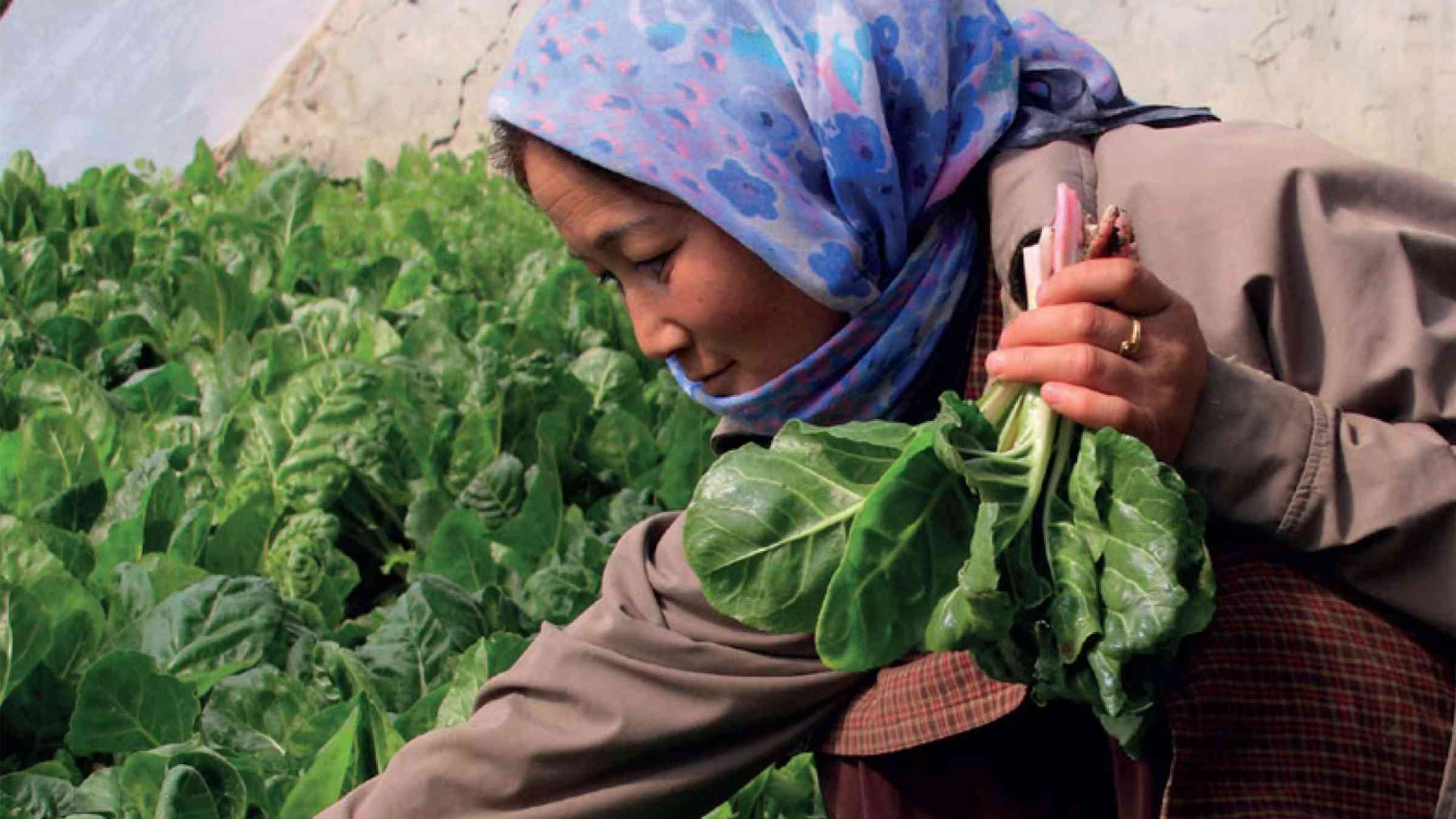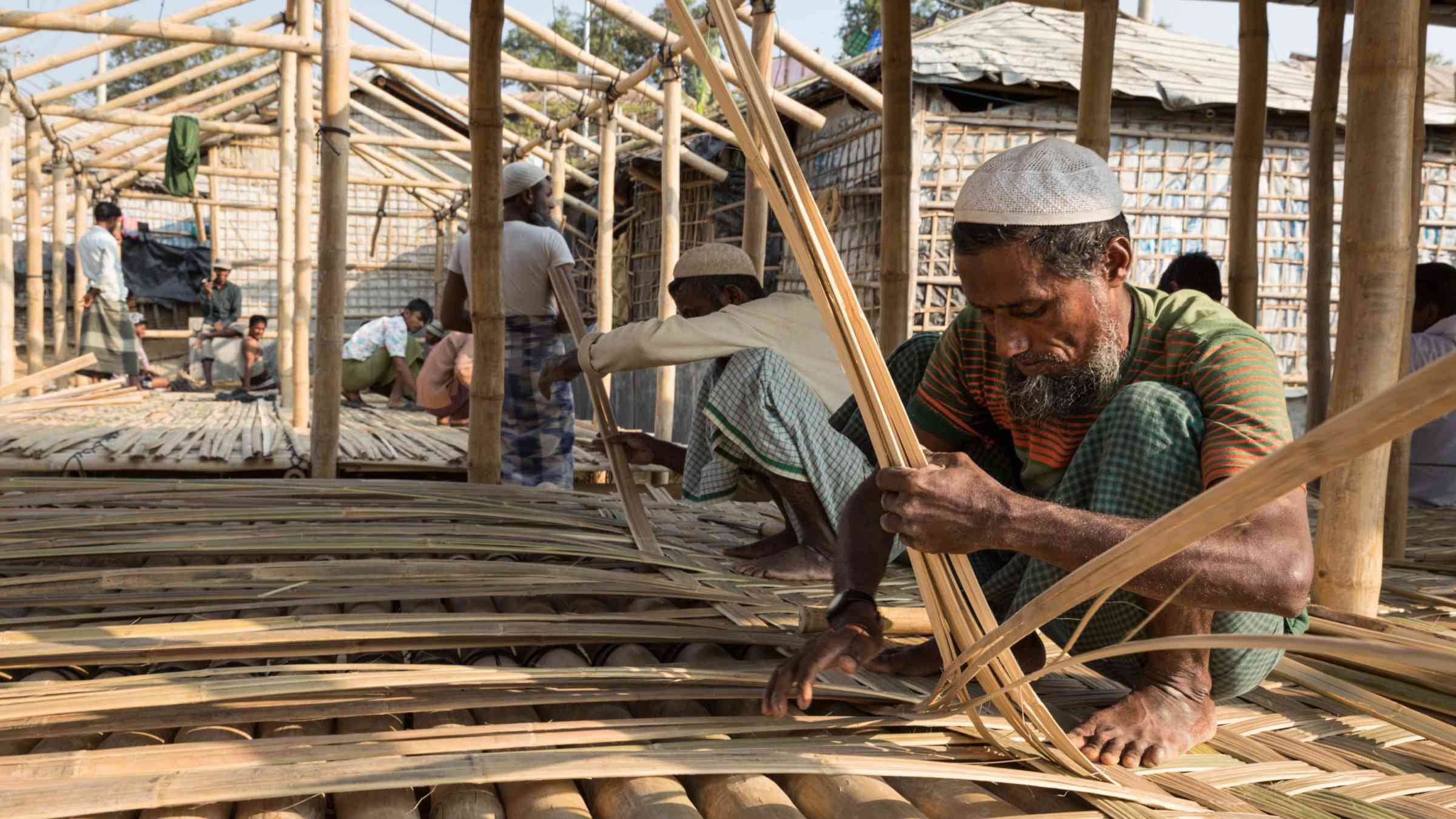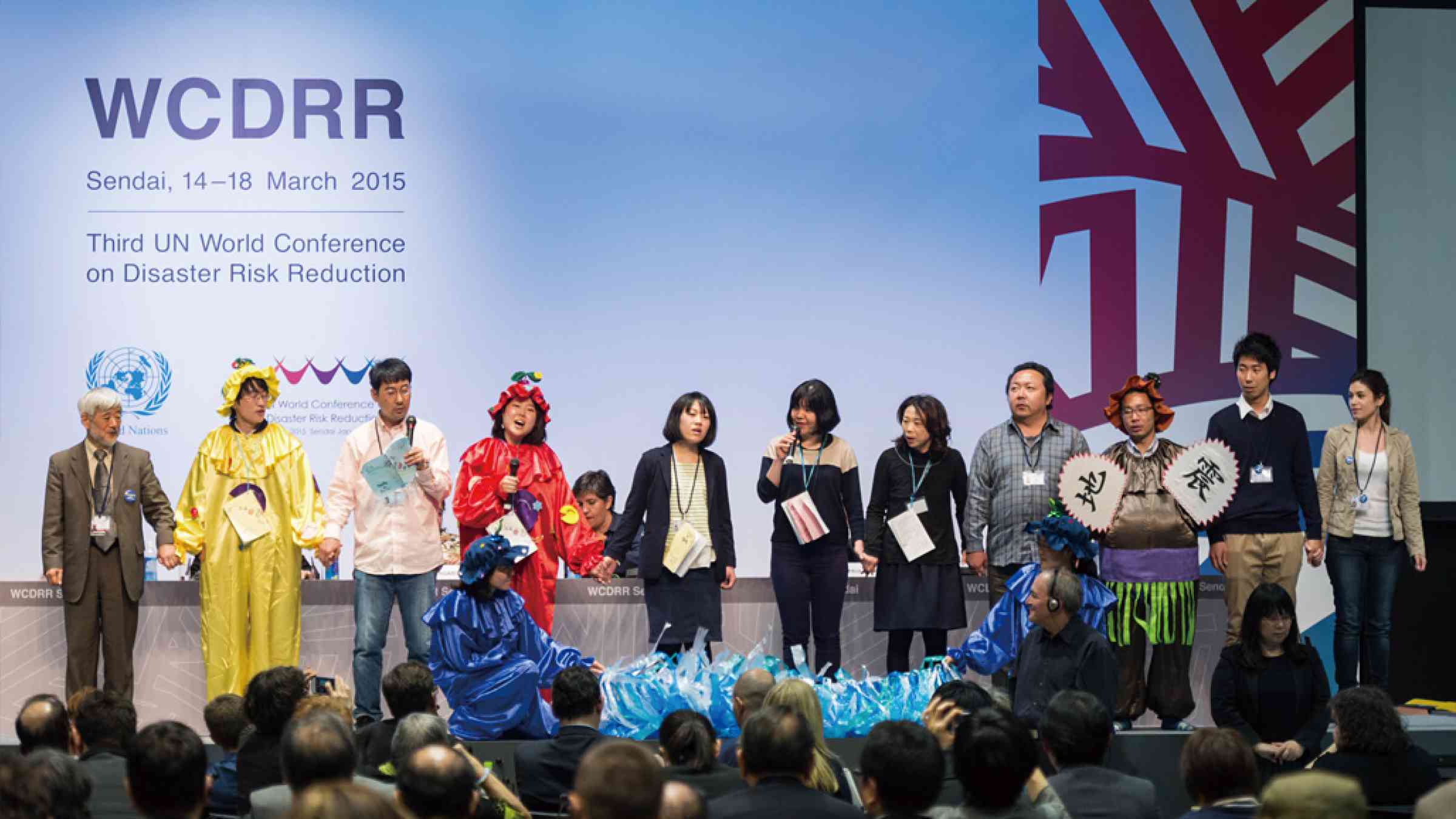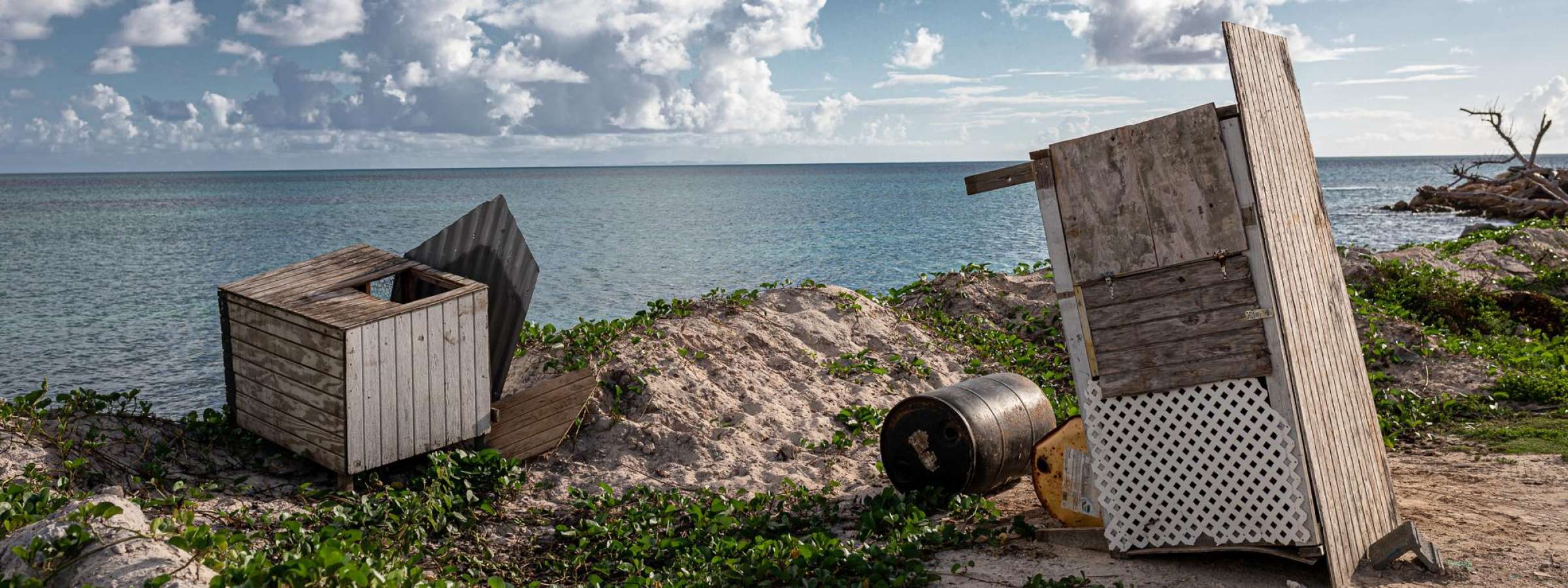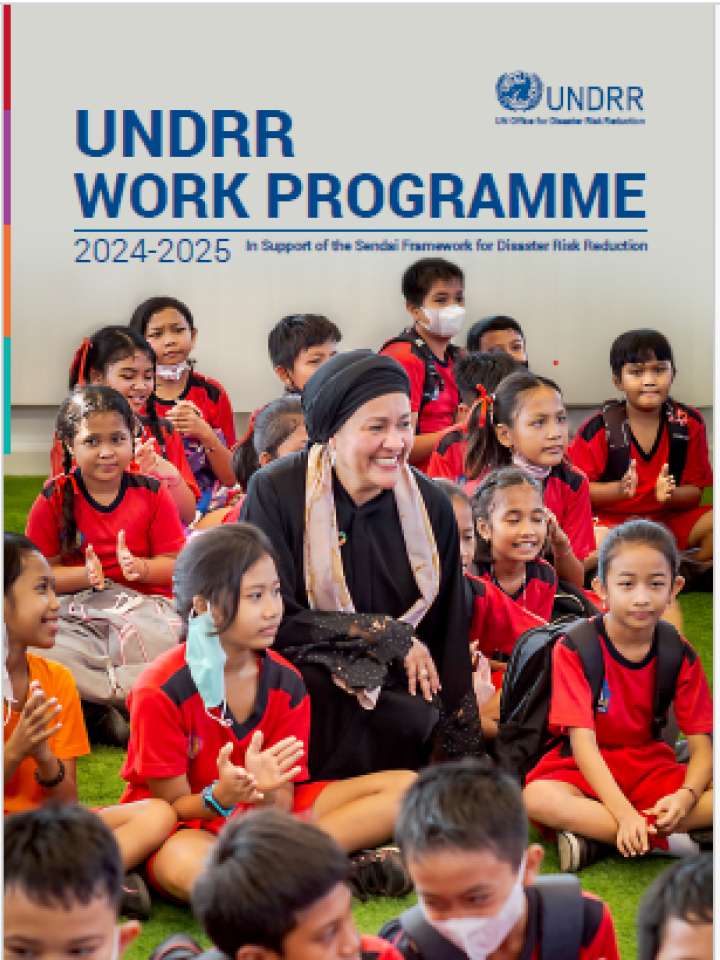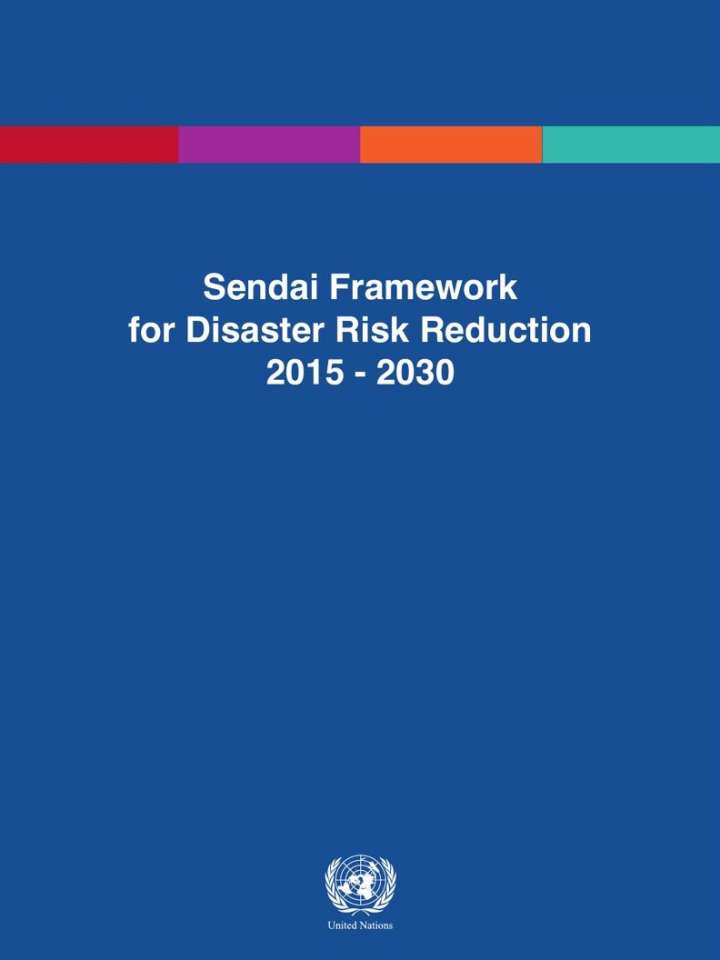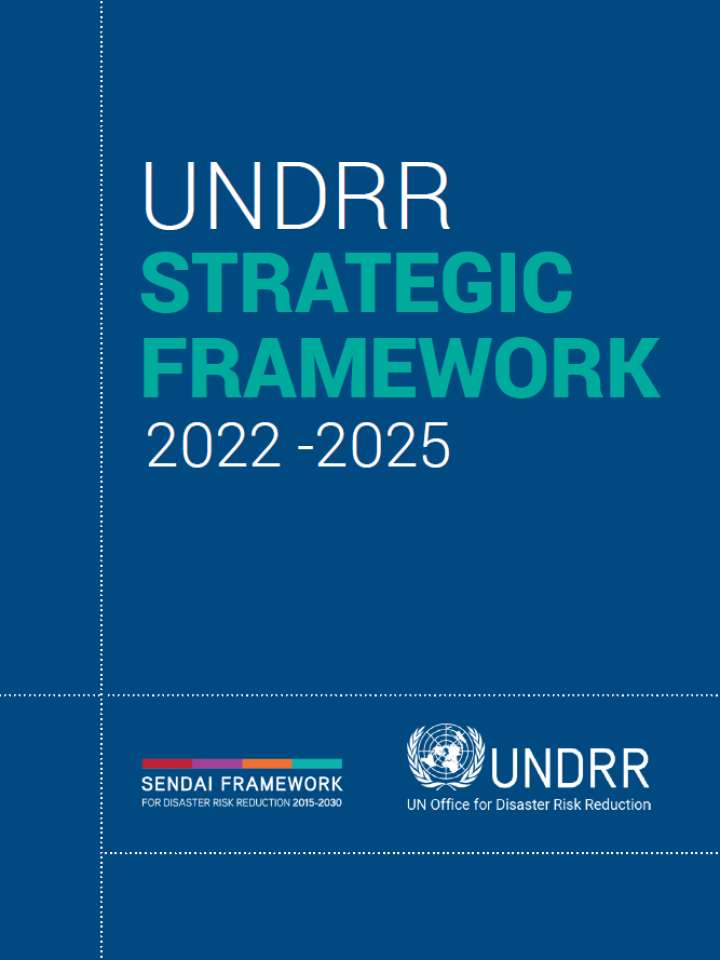Recent events – increasingly frequent and severe floods, storms and droughts; supply-chain disruptions resulting in food-security crises; the ongoing repercussions of a global pandemic – remind the world that risk is systemic, interconnected, and cascading. Climate change is driving increased risk across all countries, and unpredictable hazards can have devastating cascading impacts on all sectors, with long-lasting, debilitating socio-economic and environmental consequences.
This what the Sendai Framework for Disaster Rick Reduction 2015-2030 was designed to address.
The interactions between climate change trends, ecosystem fragility, disease outbreaks, rapid unplanned urbanization, mass displacement and geopolitical instability, fuelled by the interconnectivity of communications, trade, financial systems and politics, mean that shocks, stresses, and crises reverberate globally.
If we want to get on top of sustainable development then we must move from managing disasters, reactively, to managing risk – proactively.
Investing in resilience
Every US$1 invested in risk reduction and prevention can save up to US$15 in post-disaster recovery. Every US$1 invested in making infrastructure disaster-resilient saves US$4 in reconstruction. The cost benefits of investing in prevention and resilience are clear, yet for every US$100 of disaster-related ODA, only 50 cents are invested in protecting development from the impact of disasters.
The convergence between disaster risk reduction, sustainable development, financing for development, and climate change mitigation and adaptation presents a unique opportunity for increased coherence and global impact.
The global policy agenda incorporates a common message: understanding hazards, how they interact and managing exposure and vulnerability are imperative for development to be sustainable.
As a practical framework for dealing with risk, the Sendai Framework is the connecting tissue for all the post-2015 international agreements. It makes the logical connection between reducing risk and building resilience, because a better understanding of risk, strengthened risk governance, increased investment and better preparedness creations a foundation for the resilience of people, communities, governments and businesses.
UNDRR works globally towards the prevention of new disaster risk, and the reduction of existing disaster risk. Supporting the Sustainable Development Goals, the Paris Agreement on Climate Change and other global development goals, UNDRR promotes the strengthening resilience through successful multi-hazard disaster risk management.
We have seen some extraordinary changes in understanding and approaching risk:
For example, India has committed to the world’s largest rural roads programme, with an investment of US$500 million, and all contract bids must be risk-informed and take account of resilience.
UNDRR operates transparently, focusing on effective, efficient and quality organizational performance and programme delivery, to guarantee and increase the impact of our work.
UNDRR delivers through four Strategic Objectives (SOs) and one Enabler
- Strategic Objective 1: Countries use quality risk information and analysis to reduce risk and inform development decisions
- Strategic Objective 2: Disaster risk reduction governance strengthened at global, regional, national and local levels
- Strategic Objective 3: Catalyse investment and action in disaster risk reduction through partnerships and engagement with stakeholders
- Strategic Objective 4: Mobilize governments & other stakeholders through advocacy and knowledge sharing to make DRR central to sustainable development
- Enabler: Strengthened organizational performance
UNDRR prioritizes four accelerators
- Generating robust evidence, innovation, and good practices on risk to inform decision-making processes.
- Accelerating financing for DRR and de-risking investment
- Scaling up communication and public advocacy for building highest political traction and commitment to DRR
- Integrating the DRR agenda with the climate agenda
Key Documents
About UNDRR
